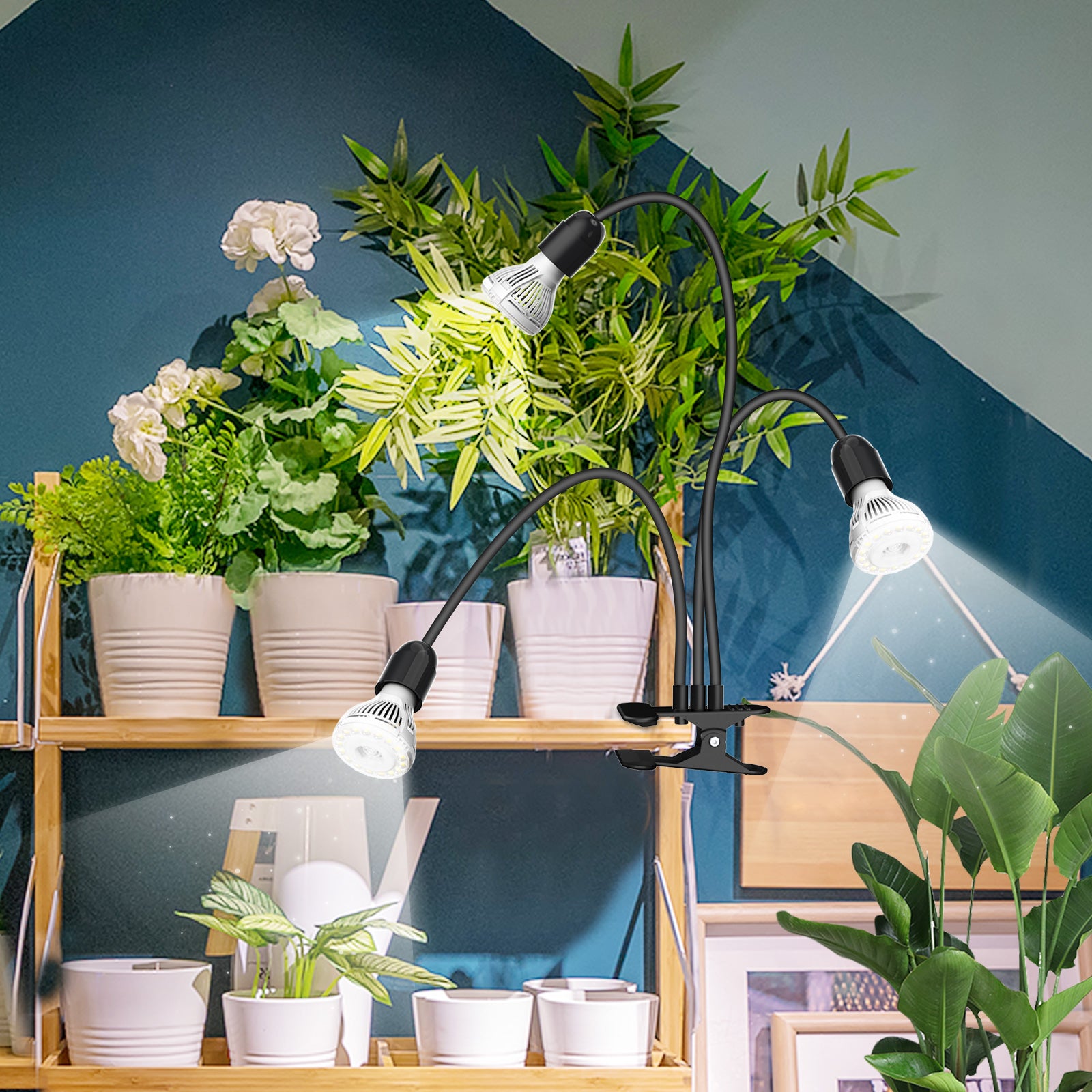For medicinal plants growers, protecting your plants from mold should be a top priority. Recognizing the signs of mold outbreaks and staying informed can help you prevent or minimize damage. This blog aims to introduce the types and causes of mold in medicinal plants. Armed with this knowledge and our tips on mold prevention, you can safeguard your medicinal plants business from the harm caused by mold.
Firstly we should know that the molds can only grow under specific conditions. Just like medicinal plants, molds thrive in a moist environment. However, the combination of humidity, low airflow, and unhealthy plants can lead to mold infestation. Some types of mold only appear when spores physically enter the plant, so caution is needed during trimming and cutting.

WPM is a fungus that resembles powdered sugar or flour. For novice growers, this mold can be mistaken for young trichomes. WPM typically appears rapidly, often overnight, and can be identified with a magnifying glass. This mold is caused by high humidity and poor ventilation. While humidity itself does not promote WPM, it becomes problematic if airflow in your operation is low.
Botrytis, also known as gray mold or bud rot, is a dangerous mold that is easy to identify. When it strikes, certain areas of the plant may darken or change color. Bud rot is unique in that it destroys buds from the inside. If you suspect your plants may be affected, you may need to open up some buds for inspection. Look out for yellowing, dryness, or withered leaves, as these may indicate the presence of this mold. It is crucial to discard all parts of affected plants. Bud rot thrives in warm, humid, and poorly ventilated environments. Knowing how to detect it can save you a lot of trouble, as this mold can rapidly destroy an entire crop.

During the medicinal plants growth stages, when your plants are large, dense, and leafy, the risk of mold increases significantly. This is due to several factors. Large and leafy plants reduce airflow and release a substantial amount of moisture. Additionally, when plants reach this growth stage, they are often placed close to each other. If even one plant experiences a mold outbreak, the entire harvest may be at risk.
As your plants enter the late stages of flowering, the buds become larger, heavier, and denser. This presents unique risks. Moisture can get trapped inside the buds, making it easier for spores to germinate. Large and heavy buds are particularly susceptible to bud rot. At the end of the flowering stage, buds can be completely destroyed rapidly. Exercise extra caution during this growth stage and closely monitor any signs of bud rot.
Most growers are aware of the dangers of mold, but many make a dangerous mistake—they relax their vigilance after harvest. However, the threat of mold remains very real even after your plants are harvested. The drying and curing process creates conditions that can unknowingly facilitate mold outbreaks. Pay special attention to temperature and humidity during drying and curing. It's regrettable to lose any amount of product when you're almost done.
You can take several steps to reduce the risk of mold outbreaks. Proper watering and fertilization practices can significantly reduce the chances of mold, regardless of the strain. Invest in a good ventilation system. Place fans in positions that circulate air above and below the plants. Prune and defoliate your plants, but avoid excessive trimming. Set up temperature and humidity monitors and check them regularly. If you notice problems developing, consider investing in a dehumidifier. Immediately discard any plant parts showing signs of mold.
Looking for more growing knowledge? Click these blogs:
Maximizing Your Plants Harvest: Essential Requirements for Home Growing LED Lights
Full Guide – How to Choose the Right LED Grow Light for Indoor Plants
How Can A Full Spectrum Grow Light Affect Your Plants Grow?
Up to 55% OFF SUMMER SALE
SUMMER SALE





Leave a comment
All comments are moderated before being published.
This site is protected by hCaptcha and the hCaptcha Privacy Policy and Terms of Service apply.